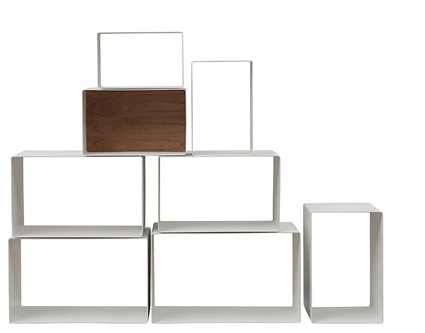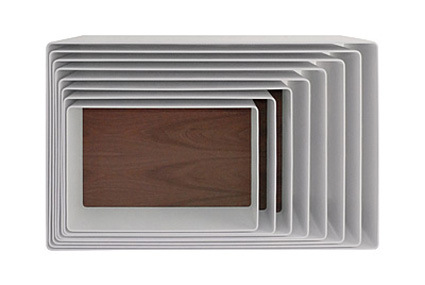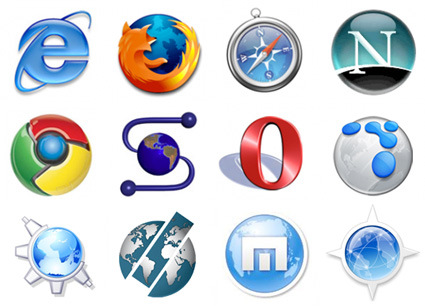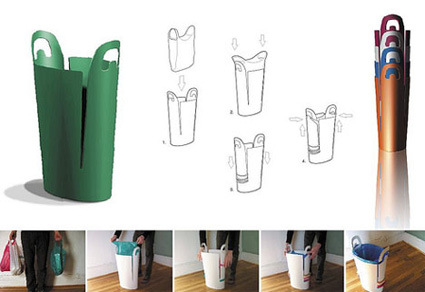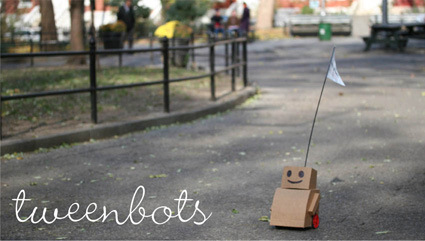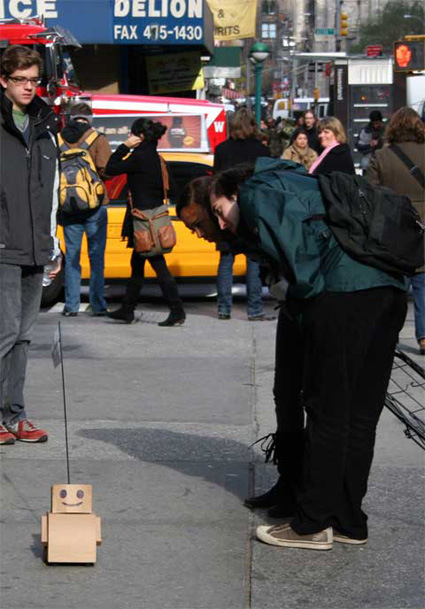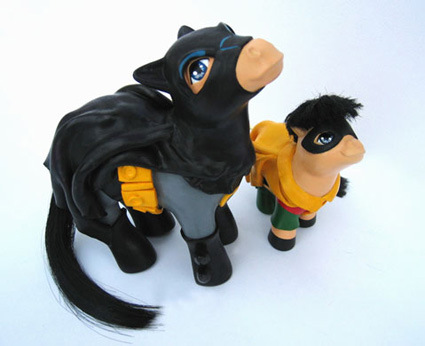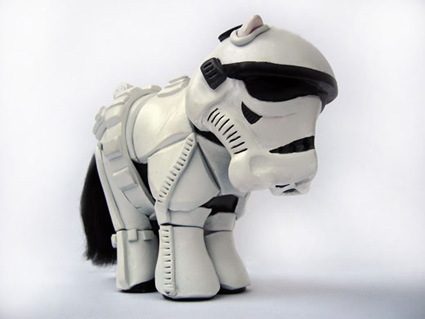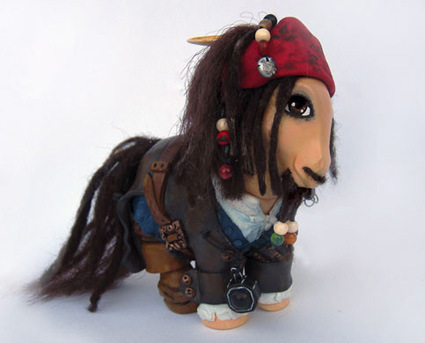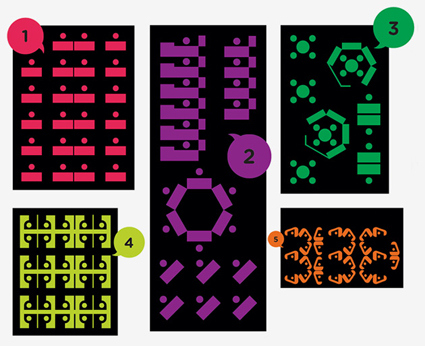Singapore-based designer-duo Timo Wong and Priscilla Lui formed “studio juju” based on the philosophy of a hands-on approach to designing and crafting. For the Milan Fair they launched some of their collections:
Rabbit
None of the tables are the same in height, dimension or shape. The arrangement becomes fluid and, hopefully, will inspire an indefinite interaction when people sit themselves along the curves and place their cups on different heights and shapes.

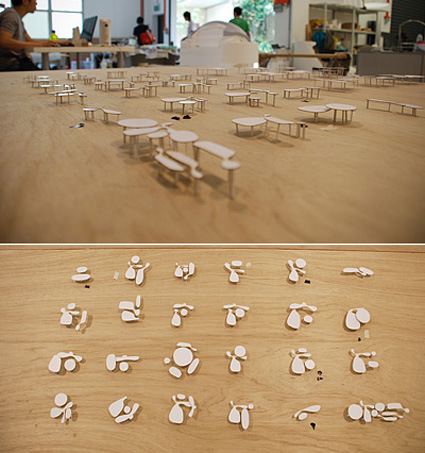
One Shelves
A set of small boxes that can be nested together to take up the least amount of space and expanded without tools to form a big shelf. stack and arrange the boxes to fit different rooms.
